Car advice


The ADHD Driver's Toolkit: a practical guide offering tips on how to manage common challenges and triggers for people with ADHD
Buying guides, articles and advice from our team of experts.
The best cars with cheap running costs
Car advice
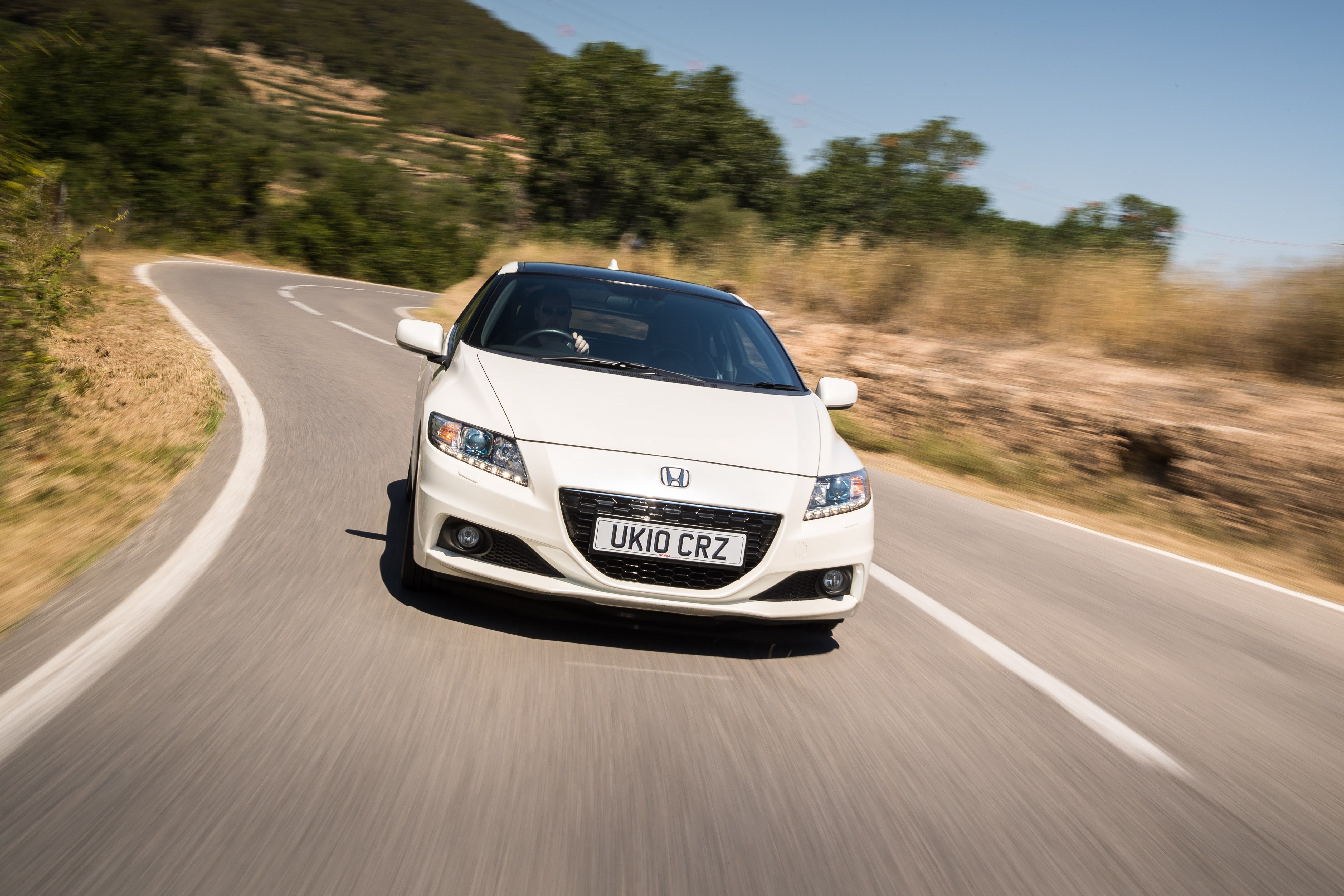
What is a CVT?
Car advice

The best automatic first cars
Car advice
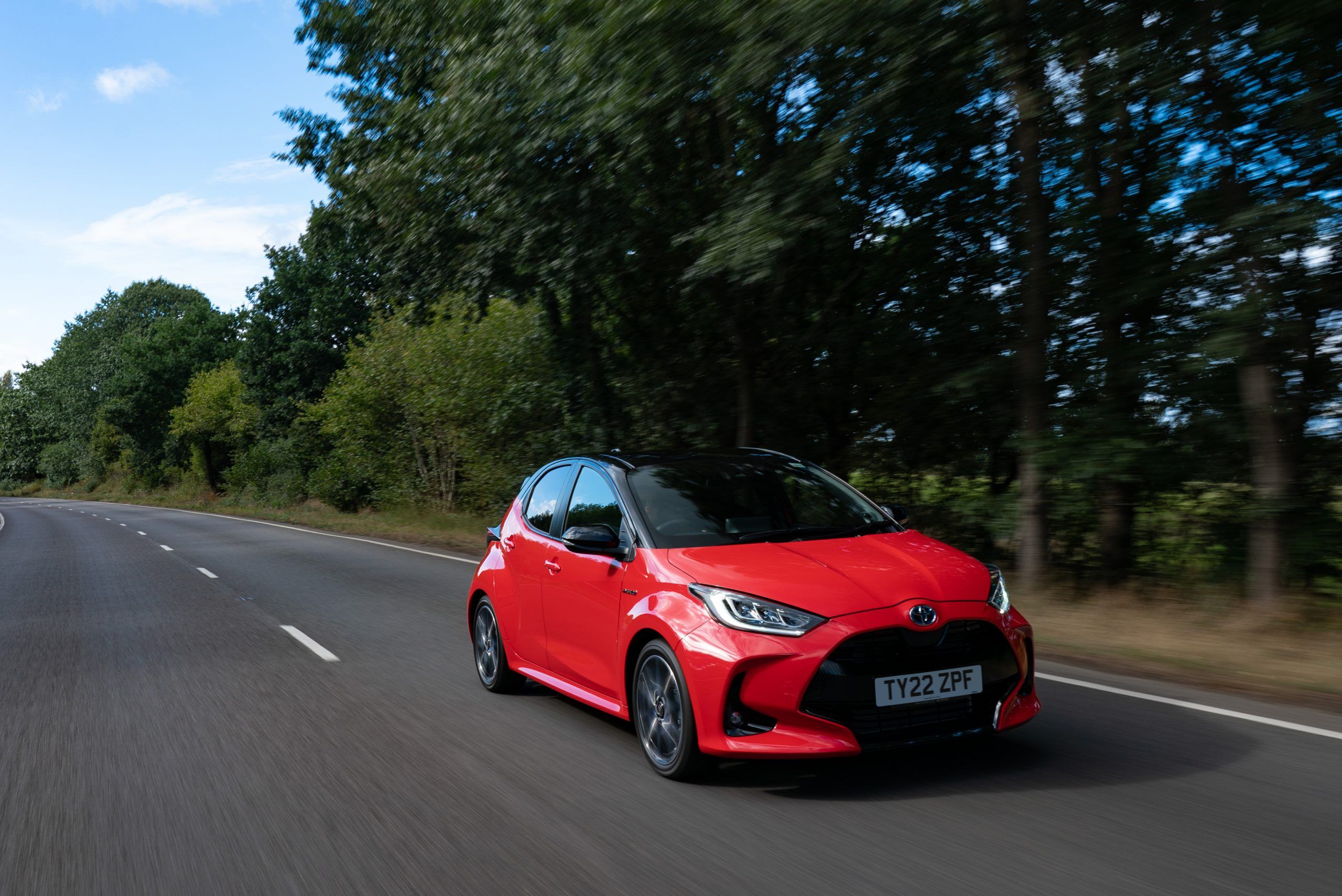
Best cars for learner drivers
Car advice
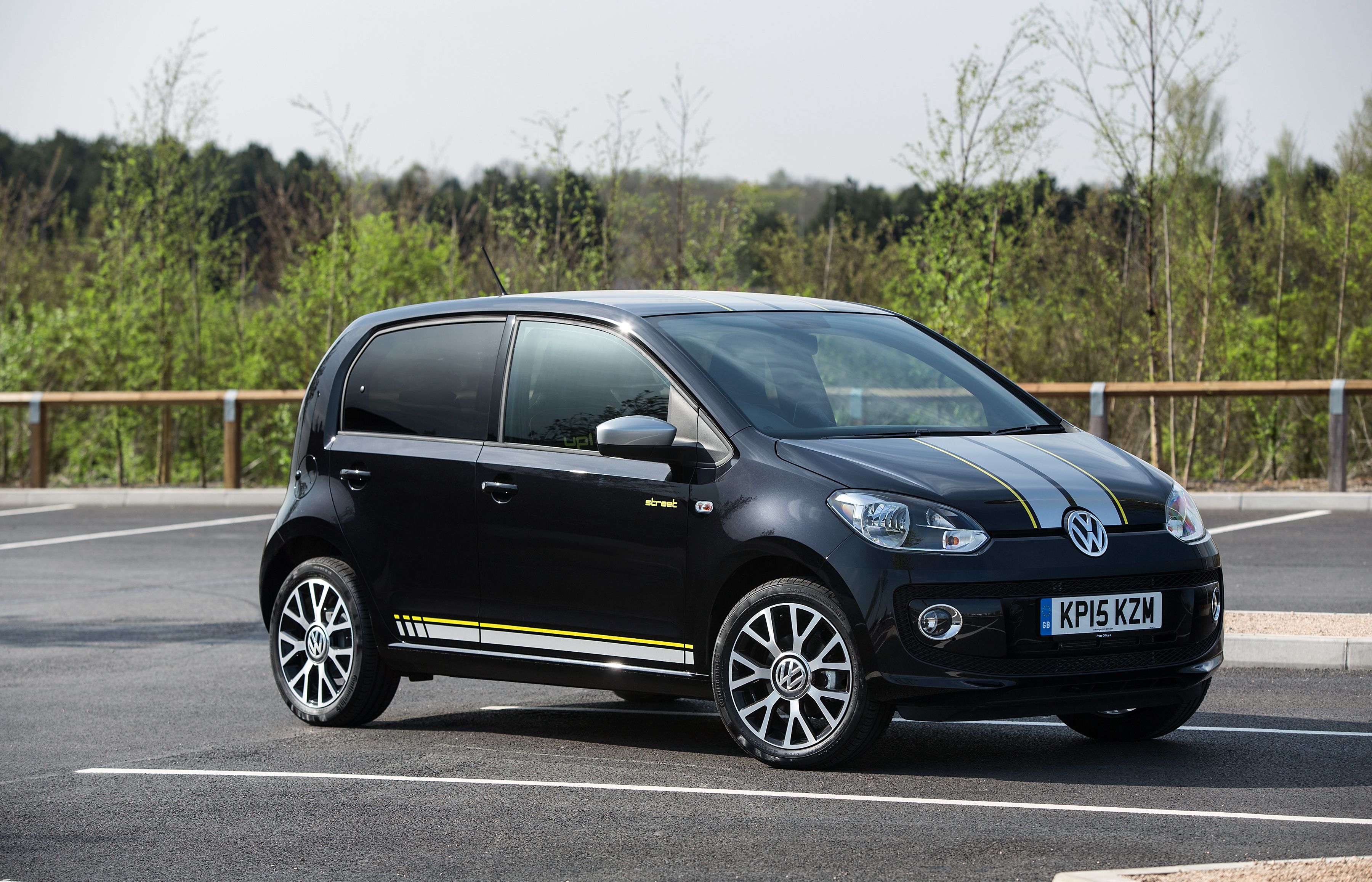
Peugeot Expert vs Vauxhall Vivaro vs Toyota Proace vs Fiat Scudo vs Citroen Dispatch: what’s the difference?
Car advice

Top 10 Retro Cars to Buy Now
Car advice
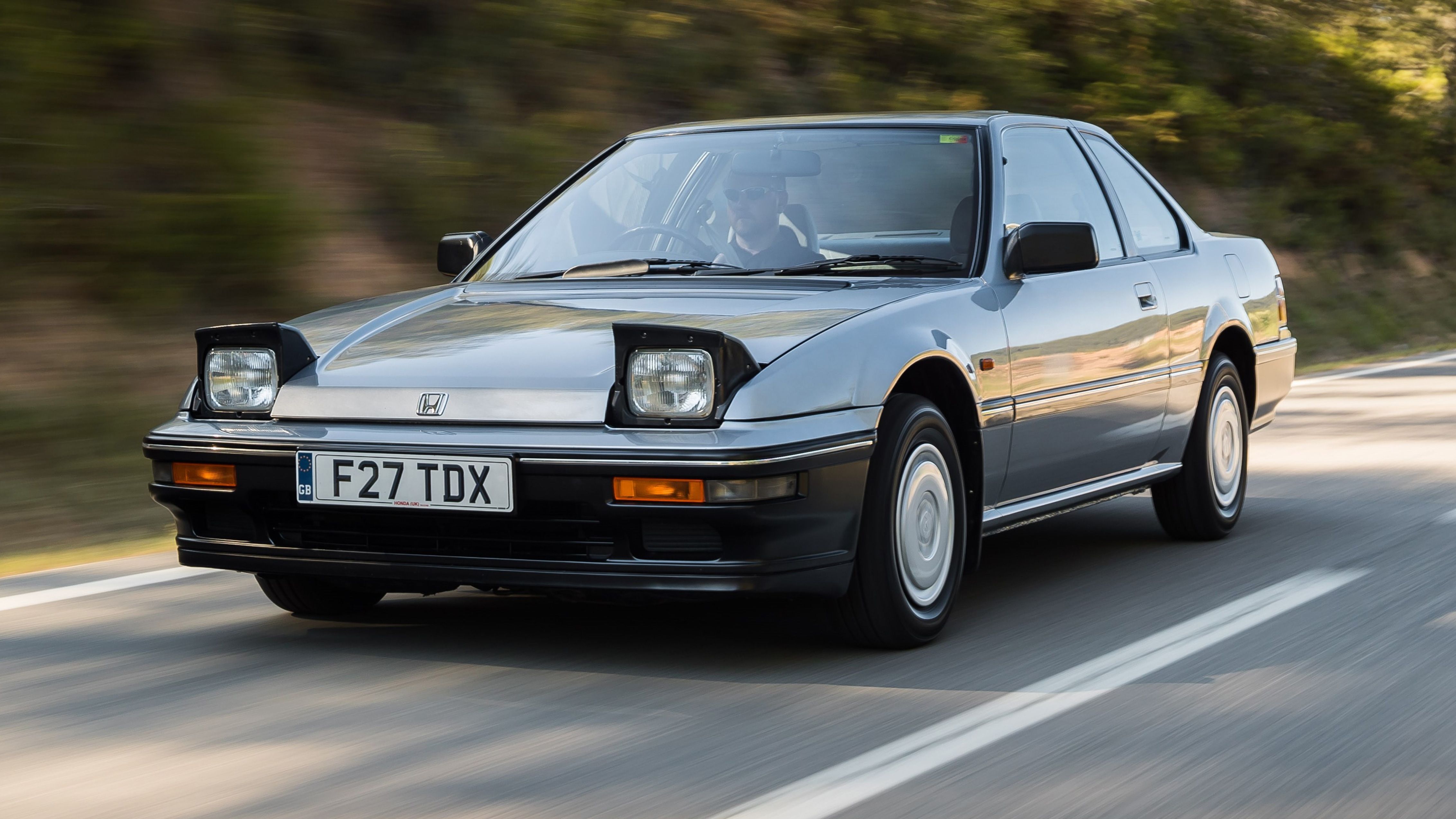
Campervan conversions: how to convert your van into a camper
Car advice

What is AdBlue?
Car advice

What is a DPF?
Car advice
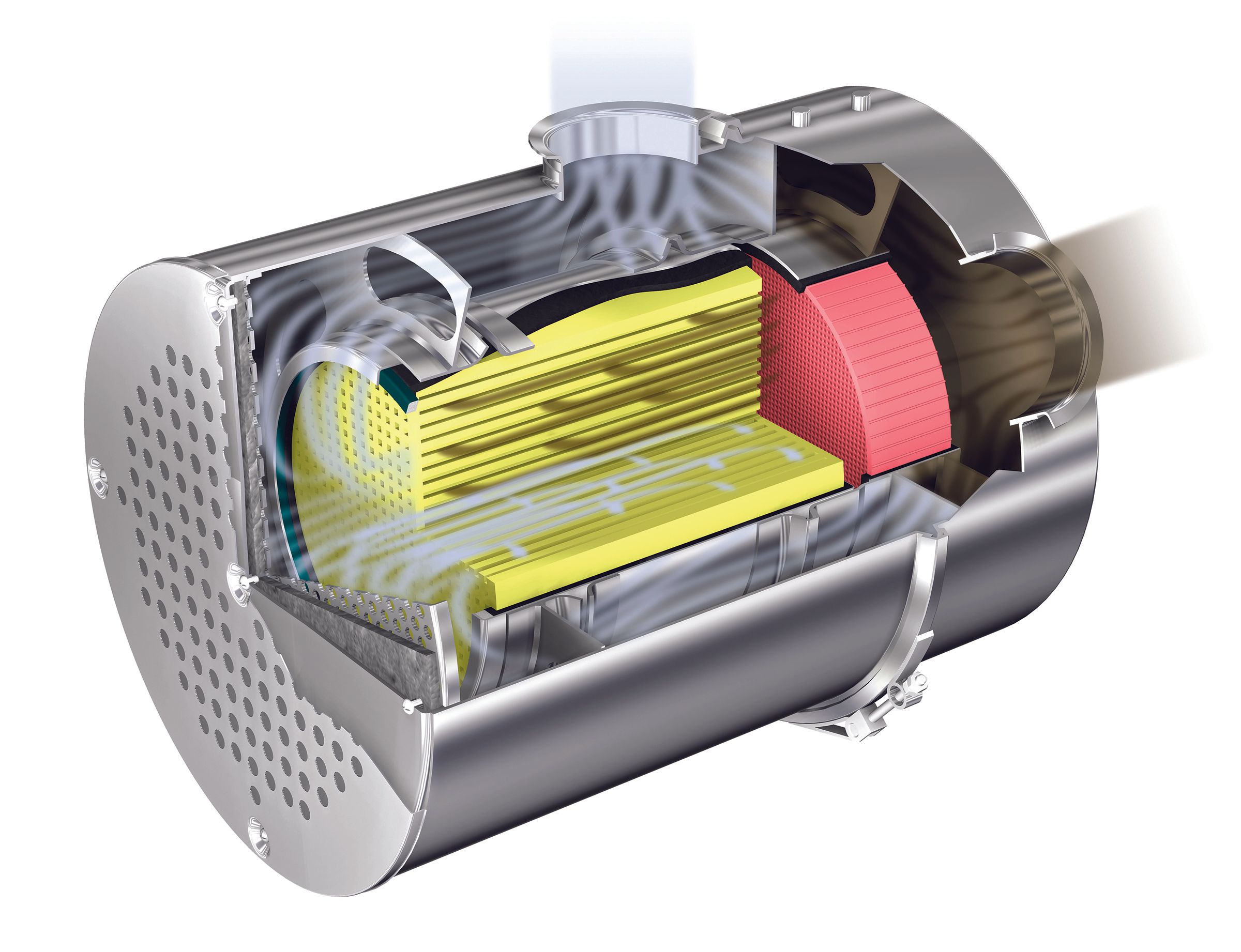
Ford Transit vs Ford Transit Custom: which do I need?
Car advice
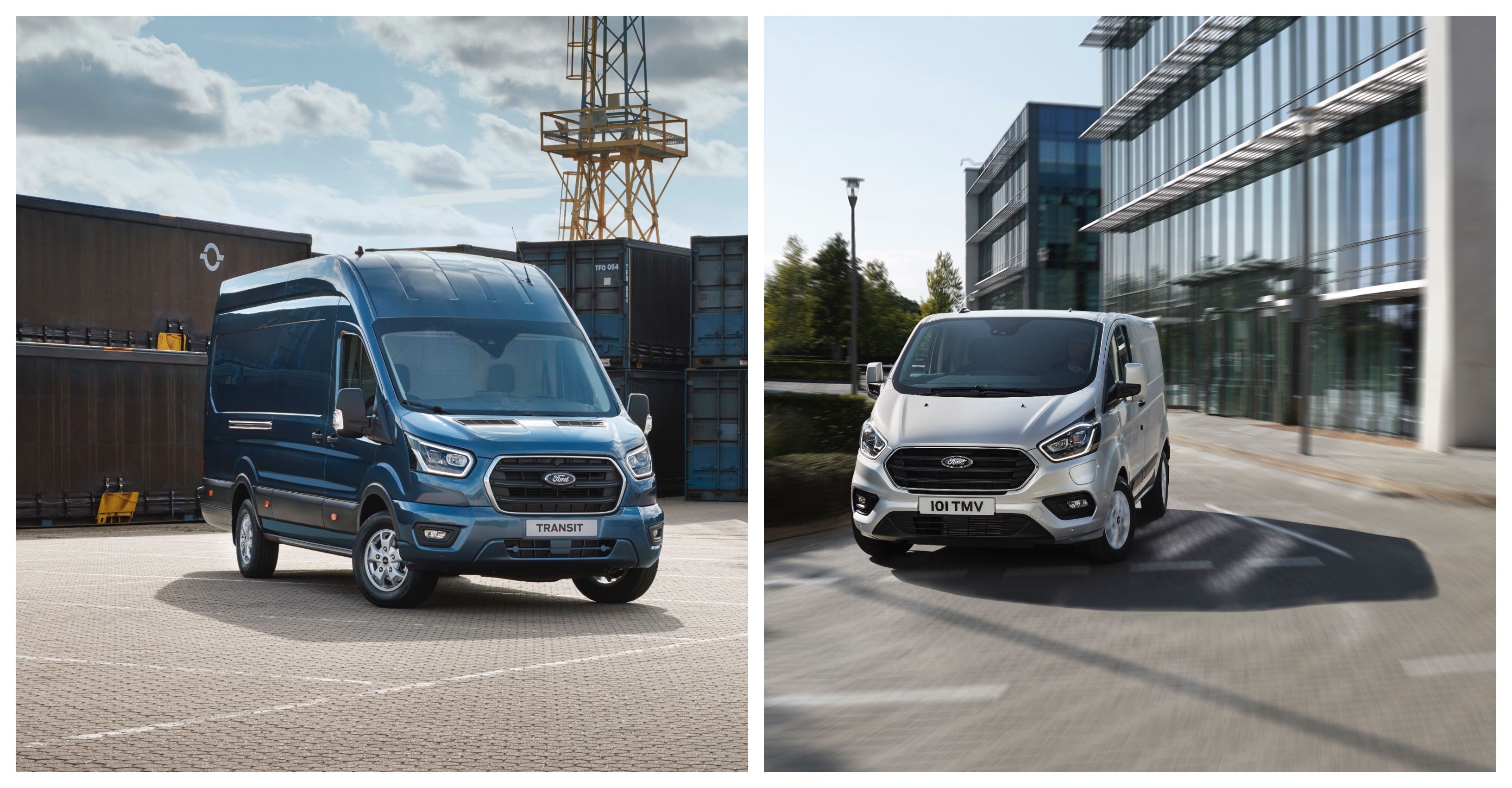
Best Affordable Track Day Cars Under £5k
Car advice
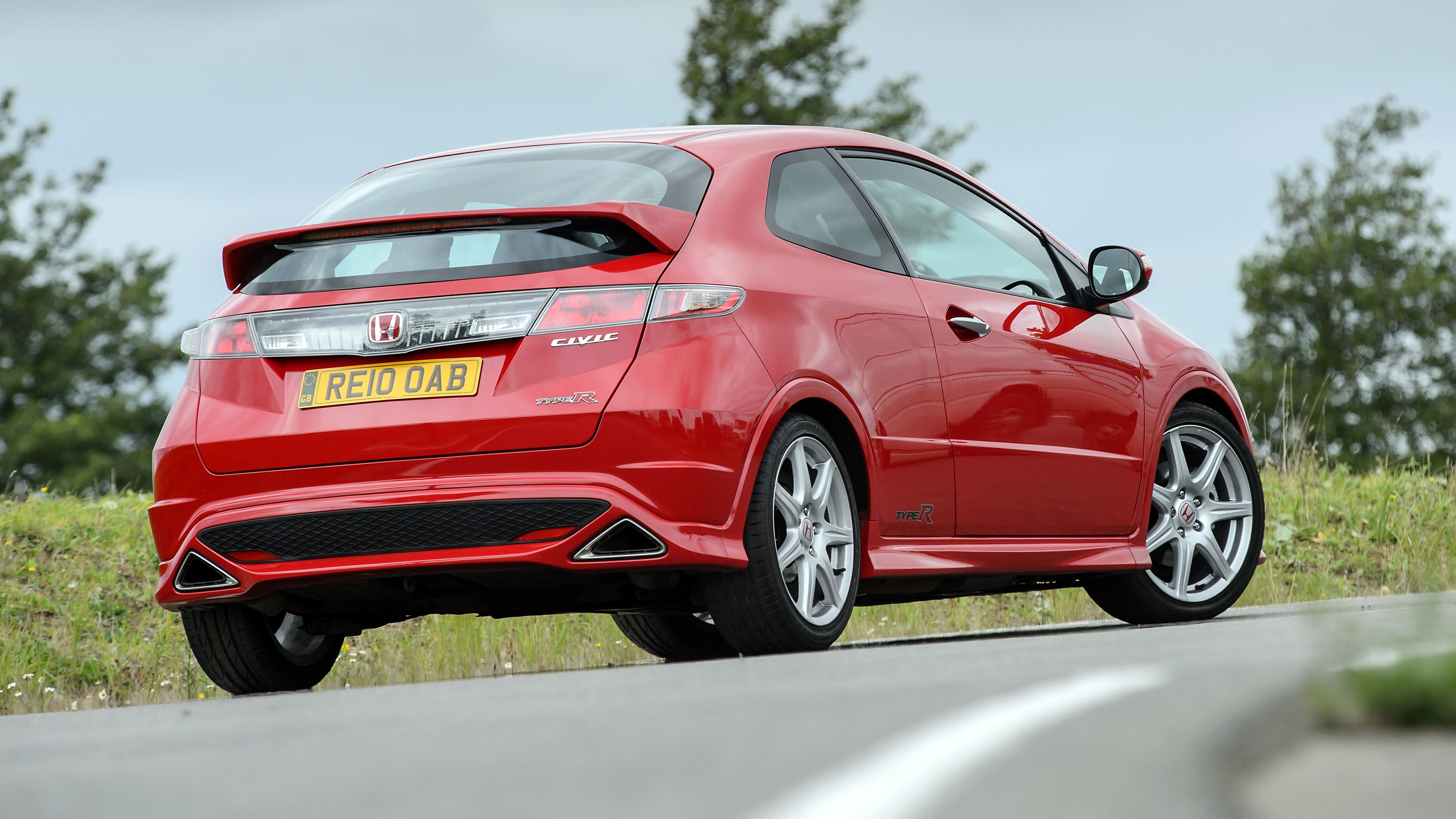
What is Euro NCAP?
Car advice

